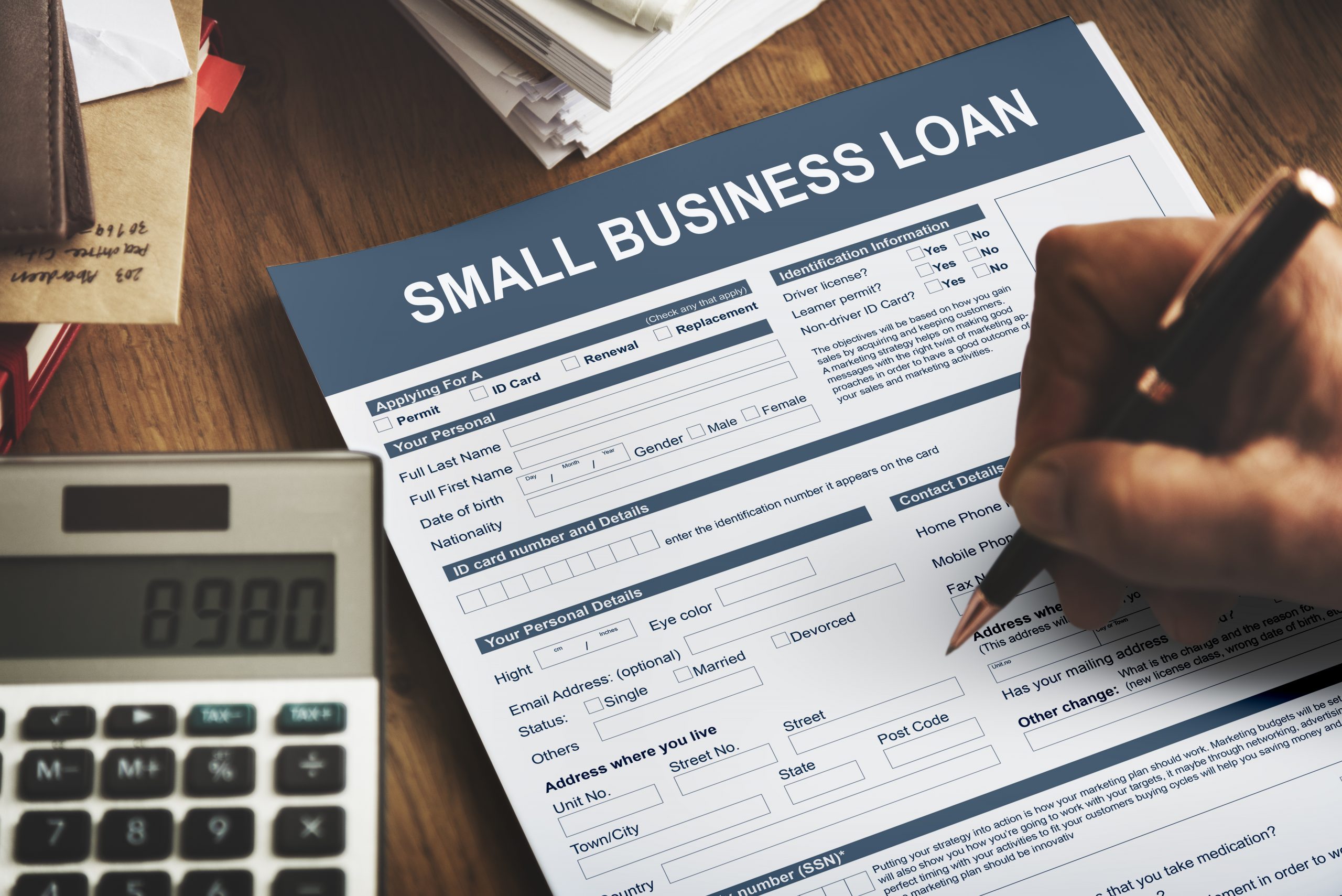All You Need to Know About Invoicing
Cash, bread, scratch, greenbacks, dough, gelt… whatever you call it, making money is one reason you run your business. Some businesses, such as restaurants and retail stores, have a simple method of transacting business – the customer pays for their purchases at the time they’re received. Other businesses, such as law firms, accounting firms, or web development companies, allow customers in good standing to delay payment for a period of time. But in order to receive the money from your customer, you need to let them know how much they owe you in a clear and timely fashion. Enter, the invoice.
Why Do I Need to Send an Invoice?
If you’re relying on your memory, or worse, your customer’s memory, then you’re probably already losing money. An invoice is both a professional reminder, and a legal document, that your customer is required to pay for the product you delivered or the service you rendered.
As a small business owner, it’s a good bet that you have a million and one things that you need to deal with on a daily basis. Invoicing happens to be the most important one, since invoices are responsible for incoming cash, without which you wouldn’t be able to stay in business. Expecting yourself to remember every detail of every purchase or service call isn’t realistic. Expecting your customers to pay based on their memory is a recipe for disaster.
For each transaction your business has with customers, you must get into the habit of creating an invoice as soon as the transaction has been completed.
When Do I Issue an Invoice?
The answer is not as simple as “right away.” Issuing an invoice as soon as your business is concluded is good for one-off customers. Sometimes, though, you may have a customer that gives you ongoing business, especially in service-related industries. Issuing an invoice every time you provide a service might create a blizzard of paperwork that your customer (and you) may not appreciate. In those cases, keep a record of the services and send one invoice periodically. Talk to your customer about a payment schedule that works for both of you. Depending on the type of service you perform, it could be as frequent as every other week, or as long as three months.
Periodic billing isn’t limited to service industries. Hardware stores may allow contractors to collect their building materials as they need and bill them every month. Other retail stores that do most of their business with other businesses may provide similar arrangements. If you insist on cash up front when your competitors don’t, you may be losing business to them.
Choosing an Invoicing System
The number of choices for invoicing tools is staggering. You can choose from online sites, programs you can download, or simple word processing templates, each with their advantages and disadvantages. There are paid programs and services as well as free options. Spend time researching the different options and choose an invoicing application that’s right for you. One option is to look into customer relationship managers (CRMs) that include invoicing as part of the program. This way, you can start to collect customer information and grow your business more quickly.
Paper Invoicing
Although we’re nearly a quarter into the twenty-first century, there is still a high demand for invoices that are printed on paper. Printing your invoices and mailing them to your customers is a time-honored tradition. Not to mention the feeling of mailing dozens of envelopes where each one represents income is very satisfying to a small business owner.
Paper invoices are a definite sign of your professionalism, but they also represent a small hidden cost to your business. Each page – and envelopes and postage if you are in fact mailing them – is an item that needs to be recorded on the “cost” side of your budget. Speak with your accountant to see if the cost for sending out physical invoices is costing your business more than it’s worth.
Digital Invoicing
There is no doubt that pressing send in your email program is the quickest and cheapest way to send invoices to your customers. You can send them as a plain text email, a designed HTML email, or even a PDF document. However you choose to send your electronic invoice, make sure it looks professional.
There are a couple of downsides to using a digital invoicing system. You may be required to use a particular system for your state or country that costs money to purchase, set up and operate. There is no 100% guarantee that your digital invoice reaches your customer without going into a junk or spam folder. And, until your customer prints out the invoice and puts it on their desk, your digital invoice may simply get lost in their email inbox.
On the other hand, you will always have an electronic trail when you send a digital invoice. Sadly, even today, sometimes letters still get lost in the mail. Likewise, another benefit of sending a digital invoice is that if the customer chooses to print out the invoice, it doesn’t cost you anything.
Parts of an Invoice
An invoice needs to have several elements on it that help both you and your customer with the financial transaction that the invoice represents. There are many online resources for invoice templates available. Search for a template that matches your business style or have someone design a template for you. However you choose your company invoice template, you need to make sure that the following elements are included, so that your invoice is easily recognizable and understood by your customers.
Brand
Having your name, address, phone number, email address, Web site URL, and logo on your invoice helps your customer quickly identify where the invoice came from. Put these elements right at the top of the page so they can be clearly seen by your customers. It also reinforces good branding practices.
The Word “Invoice”
It may seem a little silly to say it, but you should have the word “Invoice” displayed prominently on the invoice. After a while, you’ll begin to notice that business documents all start to look the same; receipts, invoices, bills of lading, purchase orders and so on all have very similar information on them. What isn’t funny is when a client calls you upset that they’re getting calls from your billing department because they didn’t realize your invoice was actually an invoice.
Keep things simple. Mark invoices and receipts clearly to avoid any misunderstandings and confusion.
Customer Identification
Clearly identify your customer on the invoice. Mistakes happen, and sometimes you might hand the wrong invoice to the wrong customer. It’s a good idea to have the name of your primary contact, then their company name and information below it. While traditionally this goes on the right side of the invoice, you are free to place it wherever you choose.
Invoice Number
If a customer calls you with a question about an invoice, looking it up by its unique invoice number is the fastest way to find the invoice in question. Not to mention that accountants love all things numbered and sequenced. Large companies like to have invoices with codes that identify different cost centers or other internal indicators. Small businesses rarely need invoicing codes that complex. Keep things like invoice numbers simple. Remember, you have a business to run; you don’t have time for unnecessarily complex invoice numbers.
If you’re a business just starting out, you may feel awkward with invoices in the single digits. It’s a telltale sign that you’re a new business. Check if your invoicing program allows you to start at 1000 or some other number that makes it look like it isn’t your first week in business.
Line Items
Each line item on your invoice indicates a particular product or service your company provided to the customer. It is very important to make sure that the item is clearly labeled, with a detailed description of the product or service. Indicate the quantity of items as well as any discount you may have offered, the price of the item, any applicable taxes, and a total amount due for that item.
Try not to use generic labels or shorthand to identify your line items. It’s bad practice and will make your customers nervous that you are trying to charge them for things they didn’t purchase. It will also cut down on the number of inquiries your customers will make asking you to explain what each item is on the invoice.
Total
This is the number that matters most both to you and to your customers. Make sure that this is clear. Include a currency symbol and make the total in a bold typeface. This way there is no confusion. Typically, the total amount due on the invoice is located at the bottom of the line items, right-aligned under the individual totals of each line item.
Before the total, you may want to include a subtotal as well as any additional fees or discounts that apply to the invoice.
Payment Information
At the bottom of the invoice, add a section that gives detailed instructions on how to pay the bill. You may include bank information, electronic payment details, or an address of where to send a check. Be sure the information is clear and accurate so payments aren’t delayed unnecessarily.
Terms of An Invoice
When signing up customers, they may want to discuss payment terms. If you are willing to oblige your customers, there are several commonly agreed-upon terms of payment that you might offer. It’s a good idea to start with a more demanding payment term, then extend the terms as your relationship with your customer improves.
Payment in advance is when the customer pays in full before the product is delivered or service is rendered. Net monthly means that the invoice is due on the last day of the month after the invoice’s month. Net 30 requires payment no more than thirty days after the invoice is issued. Cash on Delivery (COD) requires the customer pay the invoice immediately on receipt.
There are more complex payment terms that typically apply to large companies and exporters. It’s a good idea to check with your accountant to see what payment terms work best with your business cash flow.
Payment
Just as an invoice is the last step in a transaction with your customer, marking an invoice paid is the first step when you receive payment. In this day and age, every bank and electronic payment company has a mobile app that alerts you when money is deposited into your account. As soon as you hear the app chime on your phone, it’s time to stop what you’re doing, open your invoicing program, and mark the invoice as paid. Otherwise, not only will you forget, but you will have to make a very uncomfortable phone call to your customer asking them if they remember paying you.
Cross Promotion
There’s no rule that says you can’t use your invoices for a little advertising as well. If there is enough space on the bottom of your invoice, consider placing a small advertisement or even a coupon. You might have a new product or service that you’re trying to promote, and using a document that will show up in the email or on the desk of every paying customer you have is a good way to reach them. If you don’t have enough space, a web address or clickable link to your website can direct them to a page that lists special customer promotions available to them.
Follow Up
It may happen from time to time that an invoice you were expecting to be paid hasn’t. Don’t panic right away. Call your customer with a polite follow up call. It may be they were out sick, or on vacation, or perhaps their bookkeeper was.
In the event that your customer is having a financial problem and can’t pay you right away, you have to decide how to proceed. If they are a good customer, you may want to extend their payment deadline, or allow them to pay in installments. Make sure the decision you make is the best one for your business.
Invoicing is one of the most satisfying aspects of your business. Make sure you stay on top of your invoicing, so you can grow your business quickly.





